If I'm looking to use an external bias current as a reference for an IC (that I made), I would probably use the following solutions:
- A Source Measure Unit (SMU) - a piece of test equipment that frequently has a current sink/source mode, allowing for precise adjustment of current values. I've used something like a Keithley 2602 as a current source, giving me accurate and infinitely variable current values for IC bring-up without the fuss of building a "proper" stand-alone source. Great for trying things out, but not when you need something a bit more permanent.
- A fixed current reference IC. Something like TI's REF200 would be easy and (relatively) inexpensive to get a precise current source for some discrete current values. The LM334 is a variable current source, and I've also used this when I wanted to adjust the current value with a potentiometer.
- Just use a resistor/poteniometer to VDD. A potentiometer would allow you to adjust the current, while a fixed resistor might also be fine if your tolerance on the current is wide enough. The disadvantage of a resistor versus a current source is that if your IC changes temperature or if you try a different die, the current will vary.
If you try any of the adjustable (with a potentiometer) methods, add a fixed resistor in series as a shunt resistor so that you can measure the current (as voltage across a fixed resistor) without breaking the circuit to put an ammeter in series.
The real solution for this application is to either make a suitable current source in your block, or make a bandgap reference to act as an on-chip supply.
Resistor accuracy is a red herring - your NFET will vary much more than a cheap 1% off-chip resistor that you can easily get. If you doubt me, you can get an excessively precise resistor for much less than the cost of your IC fab run.

